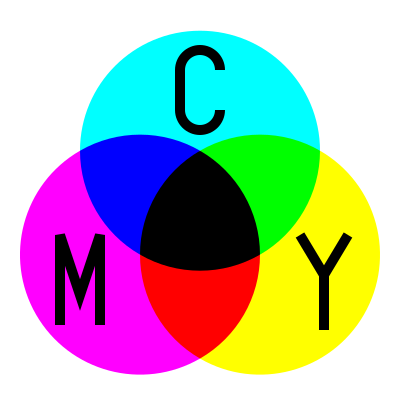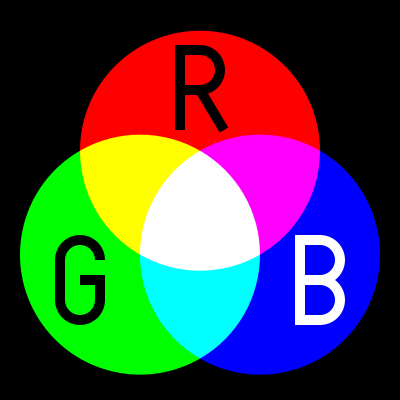- Use correct colour code: CMYK
- Tangible/physical design
- Consider printing options ( Bleed. etc)
- Consider stock.
- Digital/ traditional print
- Consider scale/ format
- Resolution (300dpi).
- Consider the finish.
- Consider the cost.
- Consider audience.
- Consider amount of time available.
- Pantone referencing system.
Design for print is the preparation and processes involved, which are considered, when creating design for a physical medium.
- Format examples
- Colour modes examples
- Production
- Processes
- Finishing
- Stock
Designing for print, what is printed is finite.
You can't retract something.
Design for web is dynamic and is changeable.
Different Processes
- Screen-printing
- Embossing
- Wood-block Printing
- Lettersetting
- Lasercut
- Lino-printing
- Mono-printing
- Digital Printing
- Debossing
- Etching
- 3D printing
- Spot-varnish
- Dark-room printing
- Foil-blocking
- Lino-cut
- Collagraph
Format
A4 (A Series) is a international standard paper size, which is used throughout the world. It's one of the most commonly used formats, the advantage of using this format is that it's easy to scale work up and down from one size to another. A3 is twice as big as A4 and so forth. A5 is half of A4. A4 been the most commonly used.
A4 (A Series) is a international standard paper size, which is used throughout the world. It's one of the most commonly used formats, the advantage of using this format is that it's easy to scale work up and down from one size to another. A3 is twice as big as A4 and so forth. A5 is half of A4. A4 been the most commonly used.
DL Size is 1/3 of an A4 sheet, so folding a A4 down twice in halves will result in a DL size. (110 x 220) It's one of the standard sizes for mail which is used and envelopes.
Colour modes
CMYK is a subtractive colour mode, It's used only when you have intentions to print. The word CMYK is also a description of the Inks that are used to create the image. Not to be used on the screens (once exported) as it won't display correctly due to the colour mode been wrong.
RGB is a additive colour mode, It's only when you intent to have the image viewed on a screen. The world RGB is a description of the colours that are been used to create the colours on a screen. (The red, green and blue pixels.) Not to be used in print as the colours won't look correct. Although this is more of a point to be made for CYMK as it can't produce as wide a ray of a spectrum of colours as RGB.
Production
Digital Printing is one production method that is printed directly from a digital based medium. It's mostly used for high-quality large format one offs, and various other things as it is rather expensive compared to screen-printing.
Digital Printing is one production method that is printed directly from a digital based medium. It's mostly used for high-quality large format one offs, and various other things as it is rather expensive compared to screen-printing.
Screen Printing is printing technique that is able to produce large quantities of work rather cheaply compared to other methods, it involves using a stenciled mesh screen and multiple screens are needed for each other sometimes making it a lengthy process in create said images.
Embossing/Debossing are techniques and processes that can be used to add a bit of extra dimension to a piece of work, It works really well with foil blocking too, to create foil stamping. Embossing is especially effective when on the front cover of something, such as book covers and cards.
Finishing
Spot-Varnish is a finish that is applied to portions of a piece of work that gives it a more professional look, used especially when trying to add extra perceived value.
Stock
Aluminium can (eg. Coca cola) - Can metal is just one example of a stock that can be used to design on, although I don't think I'd be able to print on cans while in university It's something I'd like to do at some point, or something thats physical like this that isn't paper and flat.
Paper on a Can - Another example of stock on a similar object. A can's paper wrap is another example of stock that i'd like to experiment with.










No comments:
Post a Comment